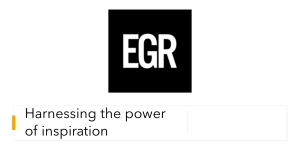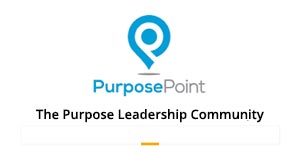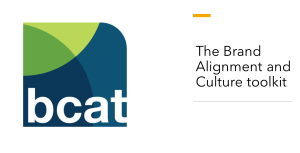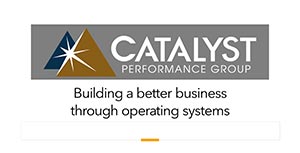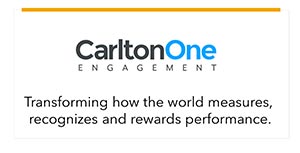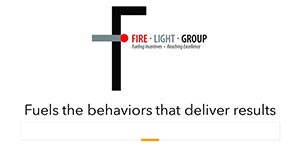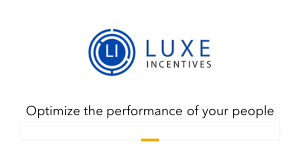Academic Study: Shareholder Engagement on ESG Can Reduce Risks
Environmental Issues and Fraud Are Biggest Risks
Methodology
Click here for links to information about EEA engagement solution providers.
While groups opposed to ESG continue to assert that the movement destroys value, a study by professors from multiple universities finds that in fact shareholder engagements on such issues can reduce risk.
The paper, “ESG Shareholder Engagement and Downside Risk,” was published in March 2024 in Oxford University Press’ Review of Finance by Andreas G F Hoepner, Ioannis Oikonomou, Zacharias Sautner, Laura T Starks, and Xiao Y Zhou. It was edited by Alex Edmans.
 The authors “show that engagement on environmental, social, and governance issues can benefit shareholders by reducing firms’ downside risks. We find that the risk reductions (measured using value at risk—VaR--and lower partial moments, a statistical factor) vary across engagement types and success rates. Engagement is most effective in lowering downside risk when addressing environmental topics (primarily climate change). Further, targets with large downside risk reductions exhibit a decrease in environmental incidents after the engagement. We estimate that the VaR of engagement targets decreases by 9% of the standard deviation after successful engagements, relative to control firms.”
The authors “show that engagement on environmental, social, and governance issues can benefit shareholders by reducing firms’ downside risks. We find that the risk reductions (measured using value at risk—VaR--and lower partial moments, a statistical factor) vary across engagement types and success rates. Engagement is most effective in lowering downside risk when addressing environmental topics (primarily climate change). Further, targets with large downside risk reductions exhibit a decrease in environmental incidents after the engagement. We estimate that the VaR of engagement targets decreases by 9% of the standard deviation after successful engagements, relative to control firms.”The authors say that their study provides “evidence to support the hypothesis that intervention over ESG topics reduces downside risk. These findings complement work that focuses primarily on the effects of shareholder engagements on first moments, that is, firm values or returns.” Their study finds that “stock return volatility decreases after successful ESG engagements,” and that “activism can benefit shareholders through the lowering of downside risks.”
Environmental and Fraud Are Biggest Risks
Their study finds that “The investor most commonly engages firms regarding governance issues, which account for 51% of the sample engagements and frequently center on executive pay and board structure. The next most common engagement type (26%) consists of those that relate to environmental issues with a primary focus on climate risk, which has become an important engagement topic among institutional investors. The third most common engagement type covers social issues (23%), with three primary concerns: health and safety, supply chain, and illegal acts (e.g., bribery and corruption).”
The authors observe, “While engagements on environmental and social issues could be expected to reduce downside risk due to lower probabilities of harmful risk-inducing events, it is less obvious why engagements on governance issues should result in decreased downside risks. In fact, one may argue the opposite: such engagements could be intended to increase risk-taking if undiversified managers take too little risk compared with what is optimal for diversified shareholders. In our setting, however, some governance engagements can reduce downside risks that originate from illegal activities or fraud, and risk reductions from such engagements are in the interest of shareholders. To illustrate, the investor’s engagements to increase the independence of the audit or risk committee have the potential to reduce downside risks related to accounting fraud. Likewise, engagements to increase the holding period of equity-based pay should lower incentives to manipulate short-term earnings.”
On the other hand, the authors found no evidence that “investor’s governance engagements that address issues related to increasing the CEO’s pay-for-performance sensitivity” have any clear link to affecting downside risks.
Methodology
The authors employed “proprietary engagement data provided by a large institutional investor based in the UK. This investor is considered to be one of the most influential activists when it comes to promoting the development of higher ESG standards at portfolio firms. The investor not only has the weight of its own holdings, but also speaks on behalf of other large institutional investors for whom it conducts engagement activities. The institution’s assets under advisement exceeded $1 trillion by the end of 2020. The investor primarily employs a private, nonpublic, approach to engage the portfolio firms, consistent with the more general evidence on institutional investor engagement.”
For the purposes of their study, “The measure of engagement success consists of four milestones (M): (i) the investor raises a concern with a target (M1); (ii) the target acknowledges the concern that was raised (M2); (iii) the target takes actions to address the concern (M3); and (iv) the investor successfully completes the engagement (M4). Out of all engagements in our sample, 33% successfully achieve all four milestones by the end of the sample period, 19% achieve M3, and 30% reach M2.”
ESM Is Published by The EEA: Your Source for Effective Stakeholder Management, Engagement, and Reporting
Through education, media, business development, advisory services, and outreach, the Enterprise Engagement Alliance supports professionals, educators, organizations, asset managers, investors, and engagement solution providers seeking a competitive advantage by profiting from a strategic and systematic approach to stakeholder engagement across the enterprise. Click here for details on all EEA and ESM media services.
1. Professional Education on Stakeholder Management and Total Rewards
- Become part of the EEA as an individual, corporation, or solution provider to gain access to valuable learning, thought leadership, and marketing resources to master stakeholder management and reporting.
- The only education and certification program focusing on Stakeholder Engagement and Human Capital metrics and reporting, featuring nine members-only training videos that provide preparation for certification in Enterprise Engagement.
- EEA books: Paid EEA participants receive Enterprise Engagement for CEOs: The Little Blue Book for People-Centric Capitalists, a quick implementation guide for CEOs; Enterprise Engagement: The Roadmap 5th Edition implementation guide; a comprehensive textbook for practitioners, academics, and students, plus four books on theory and implementation from leaders in Stakeholder Management, Finance, Human Capital Management, and Culture.
2. Media
- ESM at EnterpriseEngagement.org, EEXAdvisors.com marketplace, ESM e–newsletters, and library.
- RRN at RewardsRecognitionNetwork.com; BrandMediaCoalition.com marketplace, RRN e-newsletters, and library.
- EEA YouTube Channel with over three dozen how-to and insight videos and growing with nearly 100 expert guests.
3. Fully Integrated Business Development for Engagement and Total Rewards
Strategic Business Development for Stakeholder Management and Total Rewards solution providers, including Integrated blog, social media, and e-newsletter campaigns managed by content marketing experts.
4. Advisory Services for Organizations
Stakeholder Management Business Plans; Human Capital Management, Metrics, and Corporate Sustainability Reporting for organizations, including ISO human capital certifications, and services for solution providers.
5. Outreach in the US and Around the World on Stakeholder Management and Total Rewards
The EEA promotes a strategic approach to people management and total rewards through its e-newsletters, web sites, and social media reaching 20,000 professionals a month and through other activities, such as:
- Association of National Advertisers Brand Engagement 360 Knowledge Center to educate brands and agencies.






